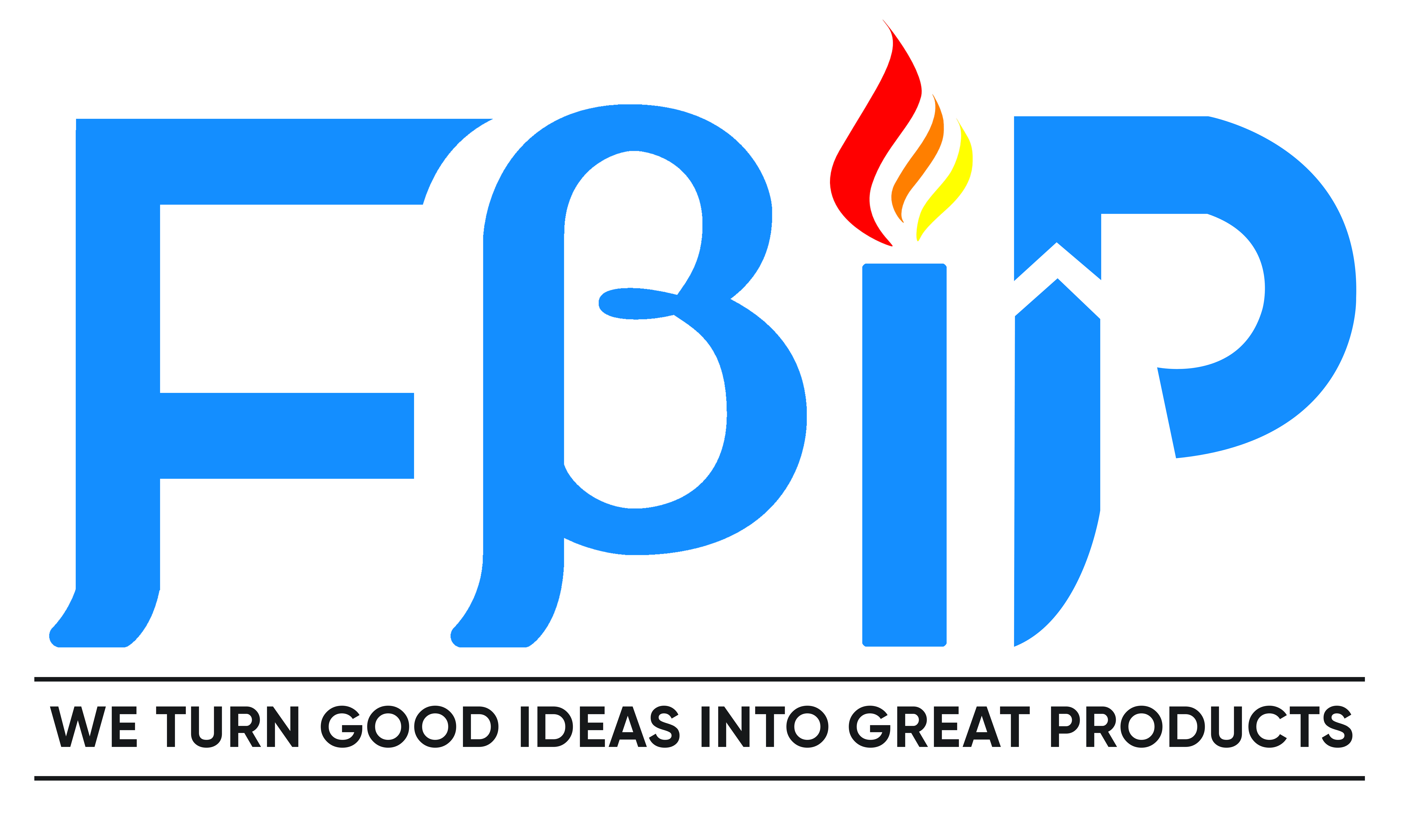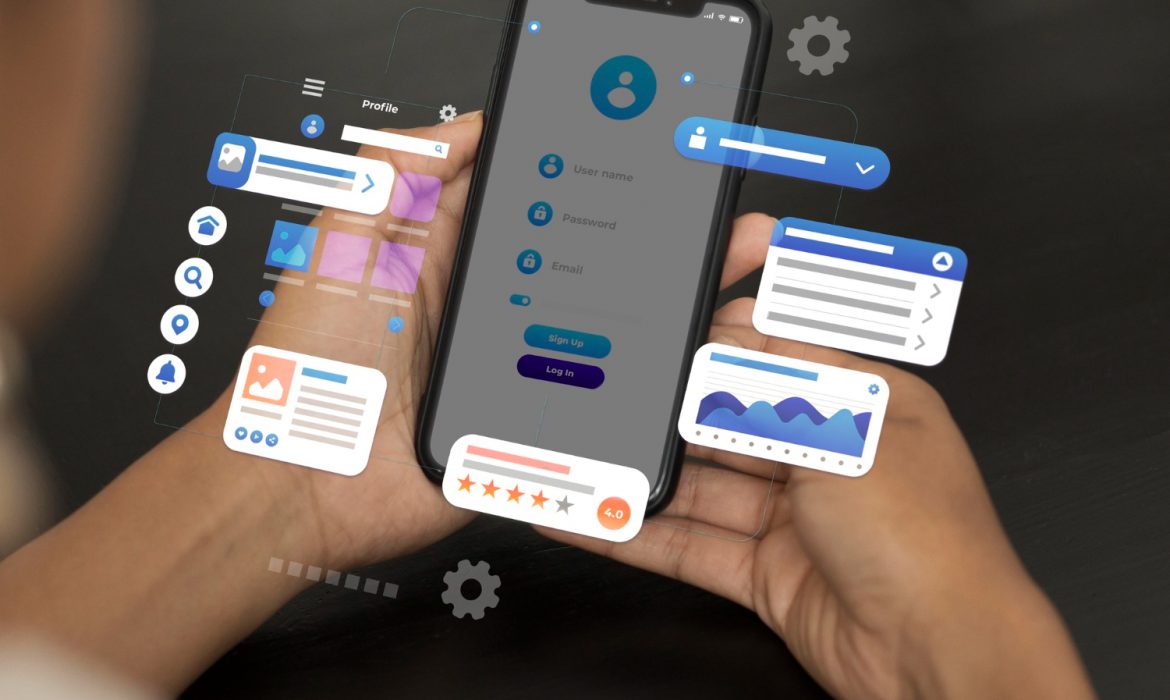Speed determines survival in today’s startup world. Entrepreneurs race against time to validate ideas, secure funding, and capture market share before competitors do. The framework you choose for building your Minimum Viable Product (MVP) directly impacts how quickly you can test your concept with real users.
Flutter has emerged as a game-changing solution for startups seeking rapid MVP development. This Google-backed framework cuts development time dramatically while maintaining quality and performance. Let’s explore how Flutter accelerates your path from concept to market-ready product.
Understanding MVPs and Time-to-Market Pressure
A Minimum Viable Product represents your product’s simplest version with just enough features to satisfy early users and gather feedback. The goal isn’t perfection but validation. Research shows that 70% of tech startups fail, usually about 20 months after their first round of financing, often due to no market need following a lack of proper market research.
Time-to-market matters because your competitive advantage diminishes with every passing week. Competitors may launch similar solutions, investor interest might shift, or market conditions could change. Getting a working version into users’ hands quickly helps you stay ahead.
Companies like Instagram proved this approach works. They launched with minimal features, focusing on square photos and limited filters on iOS only. This lean strategy helped them capture the market before competitors could react.
Cross-Platform Development with Single Codebase
Flutter’s biggest advantage for MVP development lies in its cross-platform capability. Flutter is a cross-platform mobile app development framework that uses a single codebase to build apps for iOS and Android. You write code once and deploy it across multiple platforms.
This approach eliminates the traditional dilemma of choosing between iOS and Android for your initial launch. Why limit your potential user base when you can reach both markets from day one?
Here’s what this means for your timeline:
- Traditional native development: Build separate iOS and Android apps with different teams, technologies, and codebases. This approach typically requires 16-20 weeks for both platforms.
- Flutter development: Create both apps simultaneously from a single codebase. Typical development time is 6-12 weeks, depending on complexity.
FBIP specializes in Flutter app development, helping startups launch cross-platform MVPs efficiently. The single codebase approach means you can gather feedback from a broader audience faster, refining your product based on diverse user insights.
Hot Reload: Real-Time Development Speed
The Hot Reload feature revolutionizes how developers build apps. This tool allows developers to see code changes reflected immediately in the running application without restarting it. The impact on development speed is substantial.
Flutter’s rapid development cycle, thanks to features like Hot Reload, enables businesses to bring their MVP to market 2-4 weeks faster than traditional methods.
Traditional development requires stopping the app, recompiling code, and relaunching to see changes. This process consumes minutes each time. Over weeks of development, these minutes accumulate into days of lost productivity.
Flutter’s Hot Reload happens in seconds. Developers can:
- Test UI changes instantly
- Fix bugs on the spot
- Experiment with different approaches quickly
- Iterate based on immediate visual feedback
This speed advantage becomes particularly valuable during the critical refinement phase when you’re polishing your MVP based on early testing feedback.
Pre-Built Widgets and UI Components
Flutter comes with an extensive library of pre-built, customizable widgets that match both iOS and Android design standards. These ready-made components accelerate UI development dramatically.
Flutter provides high-performing features and accesses numerous tools to make exceptional web applications, with pre-built customizable widgets and a UI kit.
Instead of designing every button, form, or navigation element from scratch, developers can select from Flutter’s widget collection and customize them to match your brand. The widgets cover:
- Navigation components
- Input fields and forms
- Lists and grids
- Animations and transitions
- Platform-specific design elements
This building-block approach means FBIP developers can construct sophisticated interfaces in days rather than weeks. The widgets also ensure your app looks native on each platform, providing users with familiar, comfortable experiences.
Reduced Testing and Quality Assurance Time
Testing typically consumes 20-30% of development time. With traditional native development, teams must test each platform separately, doubling the QA effort and timeline.
Flutter’s single codebase changes this equation. When you test the Flutter app on one platform, you’re largely testing the codebase that runs on all platforms. Flutter reduces bug fixes by 60% during MVP development.
The framework’s architecture catches many errors during compilation rather than runtime. This means developers identify and fix issues earlier in the development process when corrections are simpler and cheaper.
Automated testing tools work seamlessly with Flutter applications. Teams can write tests once and run them across platforms, creating a comprehensive testing suite without redundant effort.
Firebase Integration for Rapid Backend Setup
Backend development often becomes a bottleneck in MVP projects. Building servers, databases, and APIs from scratch takes weeks. Flutter’s tight integration with Firebase eliminates this obstacle.
Because Flutter is compatible with Firebase, you don’t need to build your own backend for a simple MVP. Firebase provides ready-to-use services including:
- Real-time database
- User authentication
- Cloud storage
- Push notifications
- Analytics
This integration means you can launch an MVP with full backend functionality in days. Firebase Remote Config even allows you to modify app behavior without submitting updates to app stores, enabling rapid A/B testing and feature experiments.
FBIP leverages Firebase integration to deliver complete, market-ready solutions faster. This approach lets startups focus resources on their unique value proposition rather than rebuilding standard infrastructure.
Cost Efficiency and Resource Optimization
Time savings translate directly into cost savings. Every week of reduced development time means:
- Lower developer salaries
- Reduced overhead costs
- Preserved runway for startups
- Faster path to revenue generation
Startups that launch an MVP in less than 8 weeks raise 1.6 times more at pre-seed than those still prototyping when they pitch.
Flutter’s efficiency extends beyond initial development. The single codebase requires only one development team instead of separate iOS and Android teams. This consolidation reduces:
- Team coordination complexity
- Communication overhead
- Training and onboarding time
- Long-term maintenance costs
For startups operating with limited funding, these savings can mean the difference between running out of capital and reaching profitability.
Scalability from MVP to Full Product
Your MVP is just the beginning. The framework you choose should support growth as your product evolves. Flutter for MVP development helps you scale your product to all devices, web, and desktop, as well as even embedded devices, using a single code.
This scalability offers several advantages:
- Platform expansion: When you’re ready to launch web or desktop versions, Flutter supports them with minimal additional development.
- Feature additions: The clean architecture makes adding new features straightforward without restructuring your entire codebase.
- Performance optimization: As your user base grows, Flutter’s native compilation ensures your app maintains speed and responsiveness.
- Team expansion: New developers can onboard quickly thanks to Flutter’s clear documentation and consistent codebase structure.
FBIP builds MVPs with this growth path in mind, ensuring your initial investment remains valuable as your product matures.
Real-World Success Stories
Major companies have validated Flutter’s effectiveness for building successful products. Google has developed Google Ads using Flutter, and Alibaba developed Xianyu based on the Flutter framework.
These examples demonstrate Flutter’s capability to support products at scale. If Flutter handles applications serving millions of users for companies like Google and Alibaba, it certainly meets the demands of MVP development.
Spotify provides another instructive example. After their successful experiment on the desktop, Spotify scaled up to other platforms and developed mobile apps. This gradual, validated expansion represents the ideal MVP journey that Flutter facilitates.
Developer Community and Resources
A strong developer community accelerates problem-solving and learning. Flutter boasts one of tech’s most active communities, with over 153,000 stars on GitHub. This popularity means:
- Abundant tutorials and documentation
- Quick answers to technical questions
- Regular framework updates and improvements
- Extensive third-party packages and plugins
Flutter’s ecosystem offers over 26,000 packages, including pre-built widgets and plugins for Firebase, payment gateways, and analytics.
When developers encounter challenges, they can typically find solutions quickly within the community. This support network reduces development delays and helps teams maintain momentum.
Making the Decision: Is Flutter Right for Your MVP?
Flutter excels for MVPs when you need:
- Quick market entry across multiple platforms
- Cost-effective development with limited budget
- Beautiful, responsive user interfaces
- Easy iteration based on user feedback
- Clear path from MVP to scaled product
The framework might not suit every project. Consider alternatives if you need:
- Extremely heavy device-specific functionality
- Integration with obscure platform-specific APIs
- Support for older device versions
For most modern MVPs, Flutter provides the optimal balance of speed, cost, and quality. The framework’s maturity and Google’s backing ensure it will remain relevant as your product grows.
Partner with Flutter Experts
Building an MVP with Flutter requires expertise in the framework’s best practices and patterns. FBIP brings deep experience in Flutter development, helping startups and businesses launch their products efficiently.
The team at FBIP understands the unique pressures facing MVP projects. They focus on delivering working products quickly while maintaining code quality that supports future growth. Their approach combines technical excellence with business understanding, ensuring your MVP serves both immediate validation needs and long-term product vision.
Take the Next Step
Your innovative idea deserves a launchpad that matches its potential. Flutter provides that foundation, combining speed, cost efficiency, and technical capability in one framework.
The difference between market success and missed opportunity often comes down to timing. Every week spent in development is a week your competitors might be gaining traction. Flutter helps you compress that timeline without compromising quality.
Ready to bring your MVP to life? FBIP specializes in turning concepts into market-ready Flutter applications. Visit FBIP to discuss your project and discover how Flutter development can accelerate your path to market.
Frequently Asked Questions
How long does it take to build an MVP with Flutter?
Most Flutter MVPs take 6-12 weeks to develop, depending on feature complexity. This timeline includes design, development, testing, and deployment. The single codebase approach means you get both iOS and Android versions simultaneously. Flutter’s Hot Reload feature and pre-built widgets accelerate the process compared to native development, which typically requires 16-20 weeks for both platforms.
Is Flutter suitable for complex applications or just simple MVPs?
Flutter handles both simple MVPs and complex, feature-rich applications effectively. Major companies like Google, Alibaba, and BMW use Flutter for production applications serving millions of users. The framework supports advanced features including complex animations, real-time data synchronization, and hardware integrations. Your MVP built with Flutter can grow into a full-scale application without requiring a complete rebuild.
What are the cost savings of using Flutter versus native development?
Flutter typically reduces development costs by 30-50% compared to building separate native iOS and Android apps. You need only one development team instead of two, reducing salary expenses and coordination overhead. The faster development timeline also means lower total project costs. Maintenance costs remain lower long-term since updates apply to both platforms simultaneously through the shared codebase.
Can I add platform-specific features to a Flutter app if needed?
Yes, Flutter provides robust platform channels that allow integration of platform-specific code when necessary. You can access native iOS and Android APIs for device-specific features like camera controls, sensors, or specialized hardware. The framework includes plugins for most common platform features, and developers can create custom platform integrations when unique requirements arise without abandoning the cross-platform benefits.
How does Flutter performance compare to native apps?
Flutter apps achieve near-native performance through direct compilation to machine code. The framework renders at 60fps on most devices, matching native app smoothness. Unlike frameworks that use JavaScript bridges, Flutter communicates directly with platform APIs, eliminating performance bottlenecks. For most use cases, users cannot distinguish between Flutter and native apps in terms of speed and responsiveness.



